|
The red rocks of Moab, Utah, draw upward of 1.8 million visitors annually to take in their beauty. We had passed through once, in awe of the vibrant scenery around us — and of the number of people thronging the road. Despite the crowds, the city of 5,200 left us with a desire to return when we had more time to explore. The big attraction in Moab is Arches National Park, which beckons tourists to navigate its 76,519 acres in search of more than 2,000 sandstone arches. A drive through the park provides glimpses of a handful of the natural structures. Seeing the others requires hikes of varying lengths. In a 3.5-hour span with multiple stops, we lay eyes on about a dozen of the magnificent rock formations, in addition to petrified sand dunes and other captivating displays. The mesmerizing beauty left us in awe and hearkened back to a bygone era, documented at one point by petroglyphs on a rock. One thing we noticed missing from this national park that we’d encountered at others was wildlife — although Gulliver did get a not-so-secret admirer. Going on a Dino Hunt A lesser-known noteworthy aspect of Moab is its dinosaur history. In addition to a couple of museums, the city offers three dinosaur track sites, with imprints of massive wildlife of old. Mill Canyon Dinosaur Tracksite showcases fossilized dinosaur footprints preserved in limestone, protected by a boardwalk around the “stomping ground.” According to plaques at the site, algae covered the shallow lake, capturing the dinosaurs’ tracks before the water, mud, and algae dried up and hardened into limestone, with the prints intact. We saw 10 different kinds of tracks, representing dinos of varying sizes, from velociraptor up to brontosaurus. Thinking about the gargantuan creatures roaming the area made us feel small and gave us a completely different perspective on our surroundings. Wild Pterodactyl Chase Wanting to see a more impressive display, we headed to Copper Ridge Dinosaur Trackways and set out on Dino Flow Trail, which we believed to be 1.5 miles. Nearly 3 miles later, it had become quite evident I had taken Bob on a wild pterodactyl chase. After the trail meandered over multiple rises and around numerous bends, no track site came into view. We decided to cut our losses and turn around. Returning to the parking area, the actual location of the imprints became apparent. We had read that this location offered two areas of tracks. We didn't realize they both started at the same trail. Reviews said the site closest to the beginning of the Copper Mine Ridge trailhead wasn’t too impressive. The more alluring site lay 1.5 miles up the trail. Having already put 5 miles under our belts, we forwent the latter and settled for the first, finding it plenty awe-inspiring. We could actually stand in some of the enormous footprints and imagine the weight and size of the behemoths that made them. Picking a Bone Our dino hunt didn’t end there. The Moab area also offers a place to see fossilized dinosaur bones intact in hardened rocks, not in a museum. We headed to the Mill Canyon Dinosaur Bone Trail. A sign warning of soft sand and recommending only four-wheel-drive vehicles beyond that point stopped us in our tracks. Since Gulliver isn’t four-wheel-drive, we didn’t want to risk getting stuck in the soft sand like we had done in Traverse City, Michigan. It seemed we’d have to end our dino hunt. I reread reviews about the dinosaur bone trail and learned we weren’t the only ones who didn’t want to drive beyond the sign. Others had parked nearby and walked the half mile to the trailhead. We decided the additional 1-mile round-trip trek would be worth it. The walk through soft sand and over rocks confirmed we had made the right decision in not taking Gulliver down the path. Arriving at the Mill Canyon Dinosaur Bone Trail, we noticed paths in three different directions. Where were we to find the bones? We opted for the trail just past a visitor sign-in podium and encountered a plaque a few strides later. We had chosen wisely. Hardened Evidence Signs like the first were sprinkled along the trail, describing what to find in each area, with detailed information about where to look. Had it not been for the plaques, we wouldn’t have known the rock color variances we observed as we walked along a ridge were actually bones from giants that once walked the land. The fossils looked darker than the rocks in which they were wedged. More amazingly, they felt different from the rock surrounding them, lighter in weight like calcified bones. We saw and touched foot, toe, arm, leg, rib, and spine skeletal parts from sauropods — the generic name for plant-eating dinosaurs with long necks and tails that could span 20 to 112 feet in length. I found it hard to believe that a creature so large could survive on plants alone. We also observed bones from a meat-eating allosaurus with a max length of about 30 feet.
Playing paleontologist made our Jurassic adventure a fun and memorable experience. It also gave us a greater appreciation for prehistoric times, when colossal animals roamed the vast Earth. You might also like Exploring Valley of Fire State Park in Nevada.
5 Comments
Mom
10/6/2023 08:53:05 am
Interesting pictures.
Reply
Becky
10/6/2023 09:55:53 am
You guys are living real life Jurassic park!! 😍
Reply
Lana Gates
10/6/2023 11:13:30 am
It's fun!
Reply
Carole Grijalva
10/7/2023 11:59:49 pm
How exciting.. those rocks are so beautiful..
Reply
Janice Roosen
10/11/2023 12:34:36 pm
The testimony of time is in full force here. Once again, a very lovely and interesting article. Thanks for sharing your adventures!
Reply
Leave a Reply. |
AuthorThis is the travel blog of full-time RVers Bob and Lana Gates and our truck, Gulliver, and fifth wheel, Tagalong. Categories
All
Archives
July 2024
|
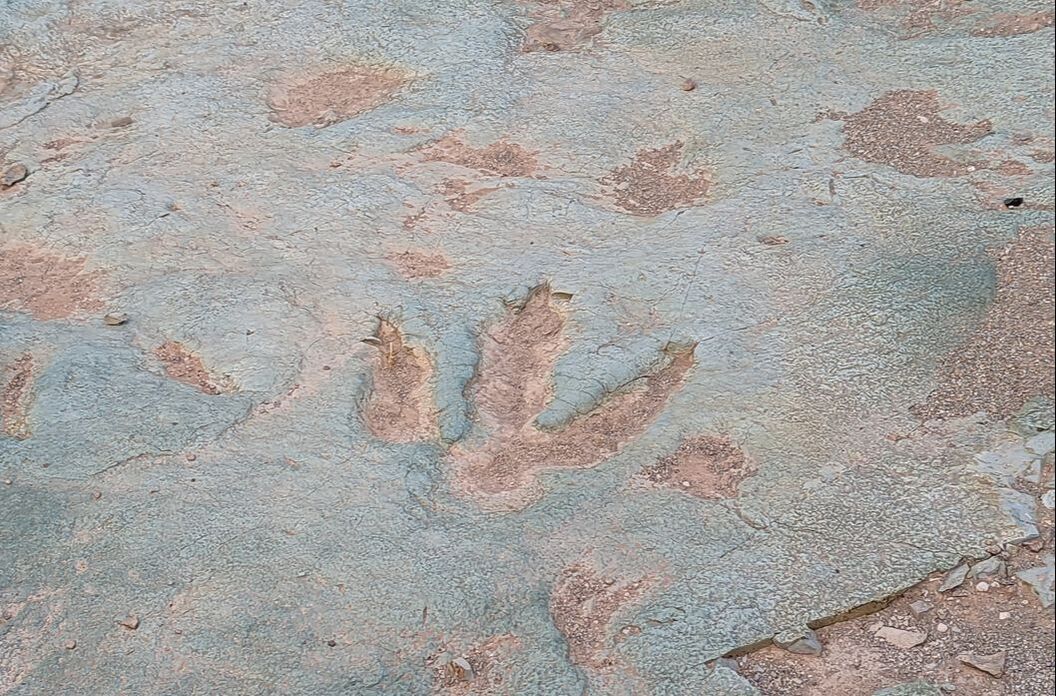
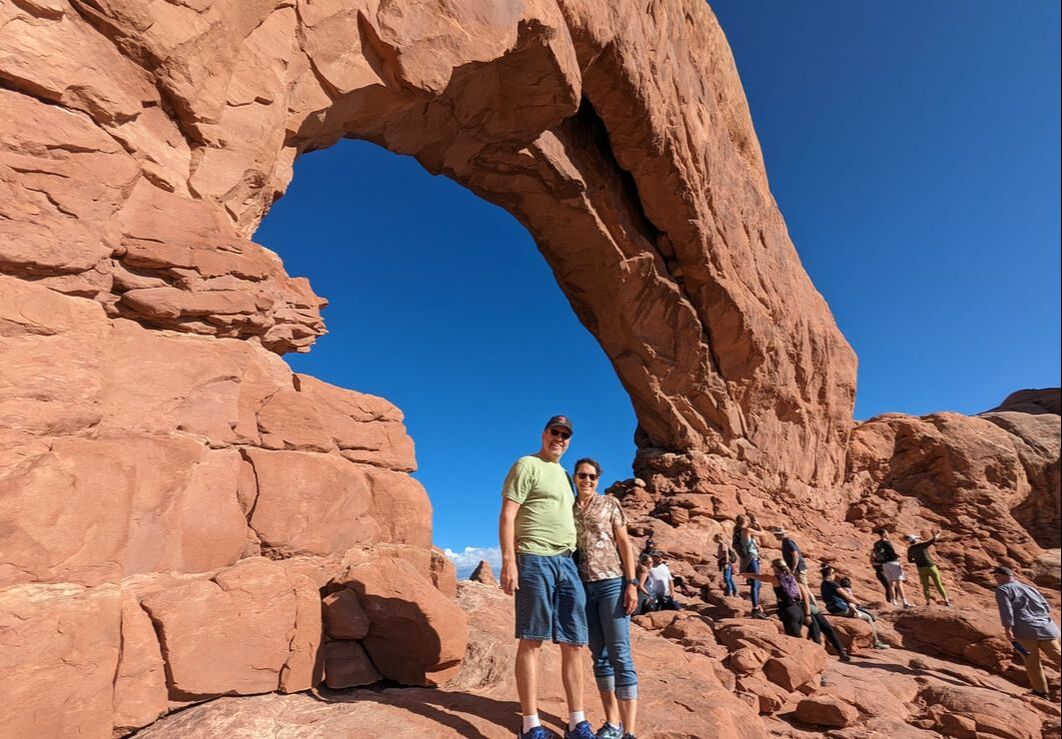
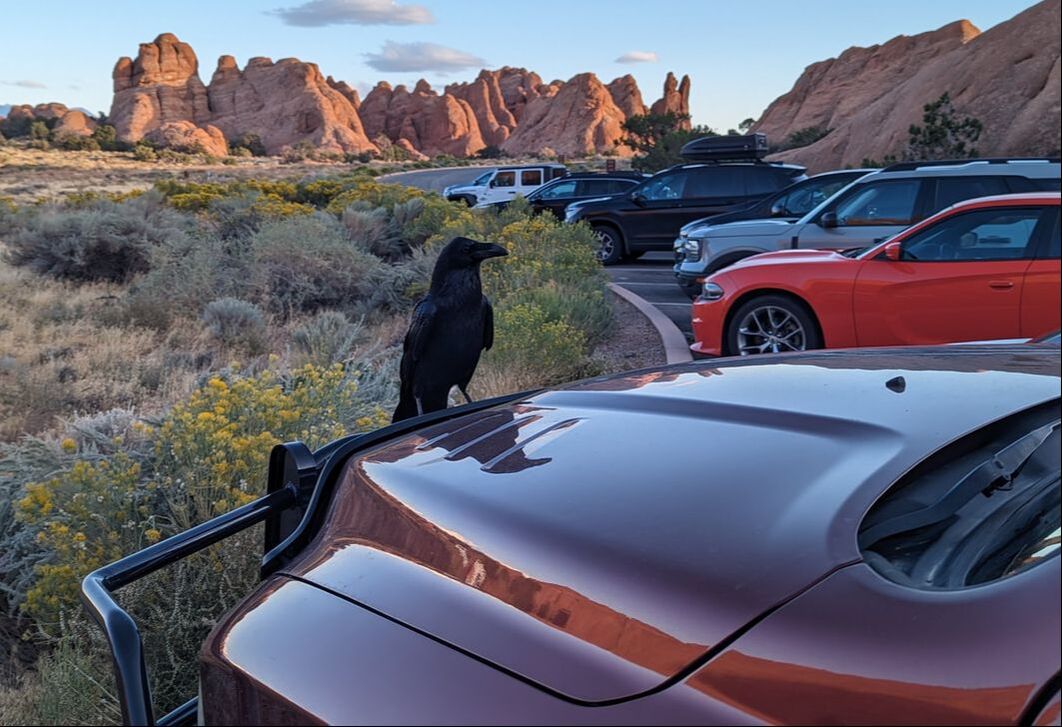
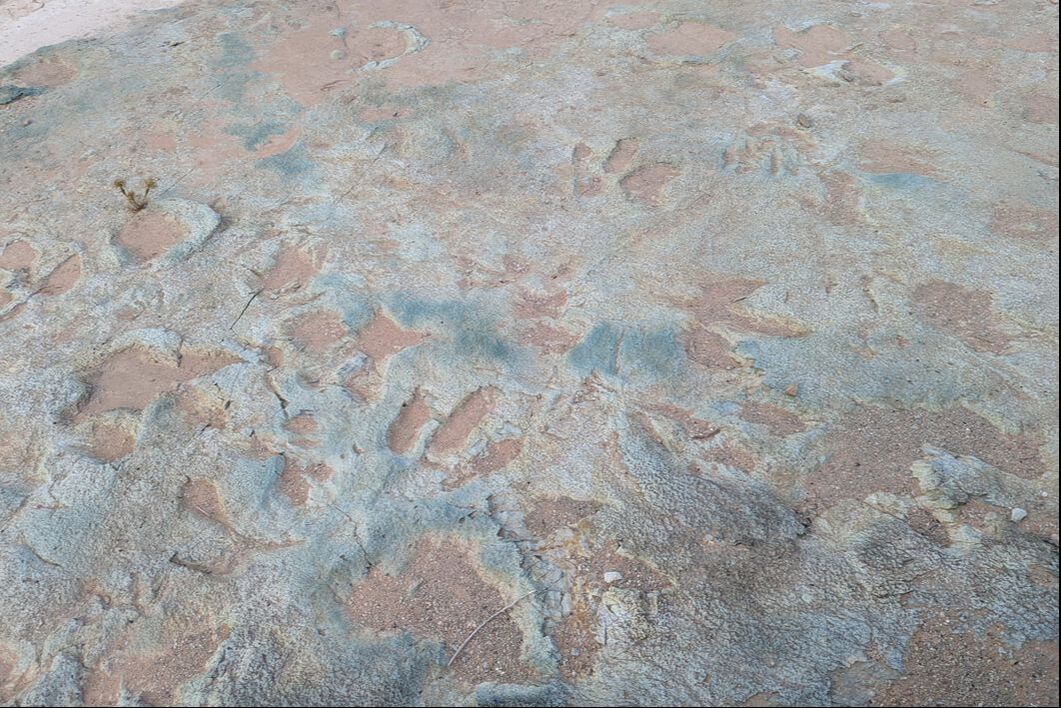
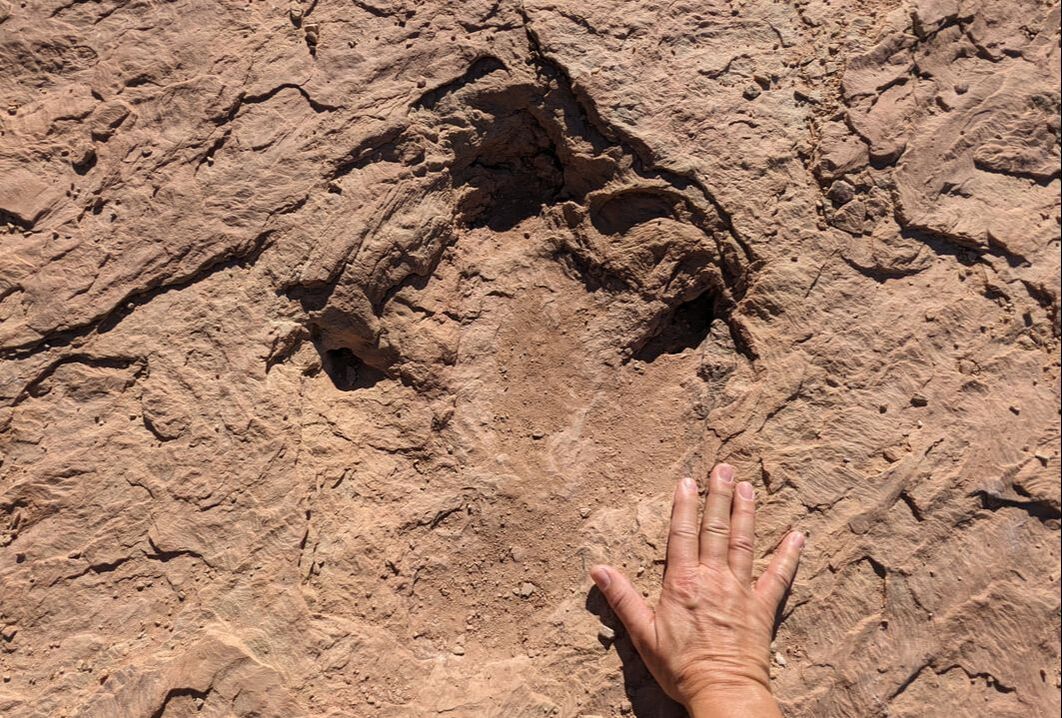
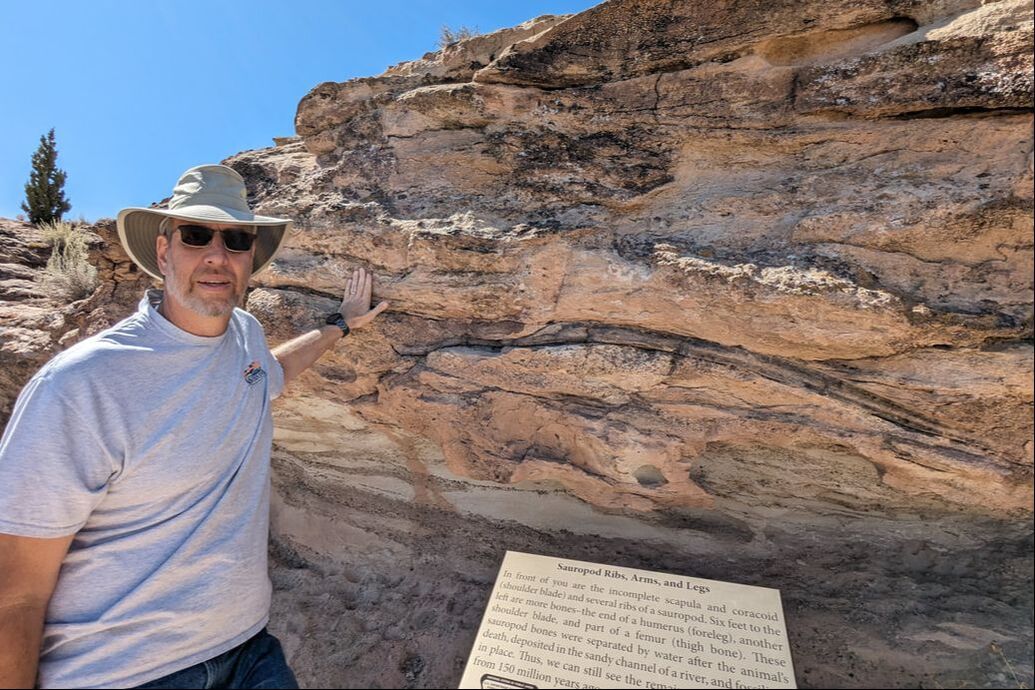
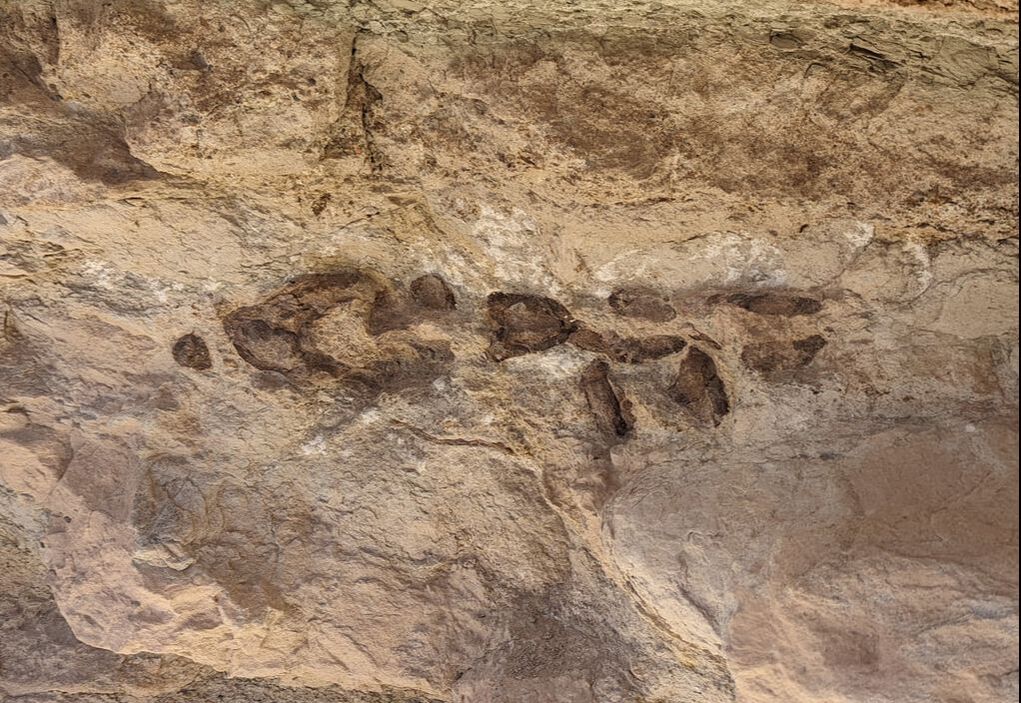
 RSS Feed
RSS Feed